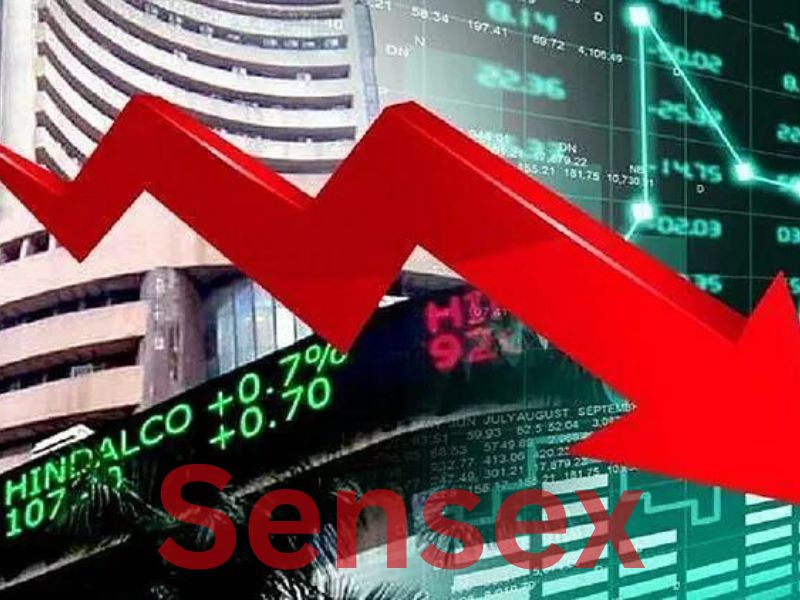All you should know about Sensex

The benchmark index of an Indian stock market is called the Sensex, short for Sensitive Index. The top 30 firms listed on the Bombay Stock Exchange (BSE) are what it symbolizes in terms of performance. Investors, analysts, and decision-makers all pay careful attention to the Sensex since it is widely considered the gauge of the Indian stock market.
How Sensex is Calculated
The market capitalisation of the 30 firms that make up an index is used to construct the Sensex. The value of all outstanding shares of a corporation is its market capitalisation. The Sensex is calculated using the free-float technique, which implies that only shares that are currently traded in a market are taken into account rather than all shares that the firm has ever issued.
The base year and base value for the Sensex are 1978–1979 and 100, respectively. It means that if a Sensex value is 50,000, the index has increased by a factor of 500 since it was first created. During market hours, the Sensex is computed in real-time as well as updated every 15 seconds.
Components of Sensex
The 30 firms that make up the Sensex are selected using a variety of BSE-established criteria, including market capitalization, trading volume, and other factors. The businesses must be BSE-listed and conform to the minimal standards for liquidity as well as trading volume.
Some of India’s biggest and most significant corporations, like Reliance Industries, and Tata Consultancy Services, as well as HDFC Bank, are among the Sensex’s components. These businesses cover a wide range of industries, including banking, energy, consumer products, and information technology.
Impact of Sensex on the Indian Economy
The Indian economy as a whole is significantly impacted by the Sensex. It represents market expectations and investor attitude, which can have an impact on company choices, and public policies, as well as foreign investment flows. A rising Sensex suggests that the economy is doing well, whereas a decreasing Sensex might arouse unfavourable feelings and discourage investment.
The success of the Sensex has a significant impact on foreign investors’ investment choices, which are a major factor in the Indian stock market. A high Sensex can encourage foreign investment, whereas a low Sensex might cause money to leave the country.
Understanding Sensex Movements
Numerous variables, including local and international economic trends, political developments, and company profitability, have an impact on how the Sensex fluctuates. A surge in the Sensex can be caused by good news, such as an acceleration in GDP growth or a positive change in government policy. On the other hand, unfavourable news might lead to a decline in the Sensex, such as a worldwide economic slowdown or a company scandal.
Investors should closely monitor the Sensex’s fluctuations as well as use it as a tool to help them decide which investments to make. They should diversify their portfolio to reduce their exposure and be mindful of the hazards involved with the stock market investment.
Conclusion
The Sensex, which consists of 30 prominent businesses chosen for their market size, liquidity, and trading volume, is a crucial gauge of the performance of the Indian stock market. It is a helpful instrument for investors, and analysts, as well as decision-makers to evaluate the state of the market and make investments in accordance with that assessment. As the benchmark index, the Sensex significantly affects public policy, international investment flows, and the Indian economy. Investors who want to reduce risk and increase profits must be aware of the Sensex’s movements with 5paisa and track its variations. What is the Sensex? The Sensex is a crucial tool for investors trying to navigate the risky world of investing since it offers insightful information about the Indian stock market as well as its swings.











